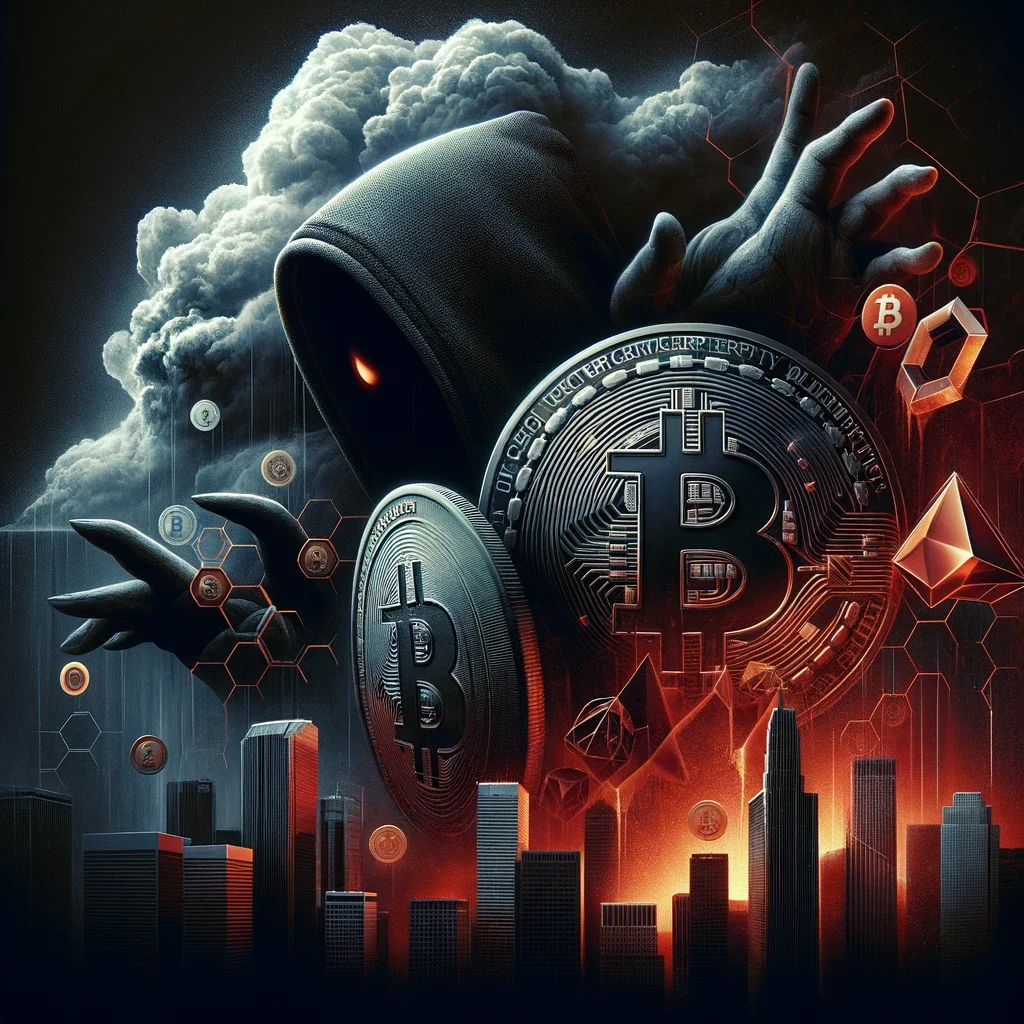Dark clouds loom over Europe as the continent grapples with what Paolo Gentiloni, the European Commissioner for economic affairs, describes as a “double crisis.”
The dual threats—the full-scale invasion of Ukraine by Russia and the subsequent economic ramifications—are no mere trifles. While these geopolitical shockwaves reverberated globally, Europe, particularly Germany, felt the pinch more than most.
Russia’s Shadow and Europe’s Resilience
Russia’s aggressive stance in Ukraine last February sent shivers down the European spine, igniting apprehensions of a significant economic decline. The war drums did more than just unsettle the political landscape.
They threatened the very lifelines of Europe’s energy supply, which, till that point, had Russia as its principal source.
But Europe isn’t one to sit on its hands. Swift measures ensured alternative energy avenues, safeguarding the region from potential energy starvation. Governments across the continent didn’t just stop there; they extended relief to citizens, buffering them against soaring energy costs.
This proactive approach bore fruit. Despite the specter of economic doom, the euro zone boasted a growth rate of 3.5% in 2022, outstripping both the U.S. and China.
And while there’s an anticipated deceleration on the horizon—with growth projections at 0.8% this year and 1.4% in 2024—Gentiloni is keen to dispel any notion of an impending recession. According to him, Europe isn’t just bracing to weather the storm; it’s steering clear of it altogether.
Economic Indicators: Reading Between the Lines
As the European Commission is poised to unveil new economic forecasts for the region this September, the focus sharpens on the macroeconomic indicators.
The fact that European business activity saw a contraction this past August, plummeting to its nadir since November 2020, raises eyebrows.
Inflation too has been a wild card. Recent figures reveal a stagnation, with August mirroring its predecessor at a rate of 5.3%. While this might seem an improvement from earlier digits, it overshoots the European Central Bank’s 2% target by a considerable margin.
Gentiloni, however, offers a fresh perspective, attributing Europe’s slowdown to the herculean task of achieving energy autonomy. The push for energy independence came with its set of challenges, bleeding the pockets of European families and stoking the fires of inflation.
In the grand theater of geopolitics and economics, Europe stands at a crossroads. On one hand, there’s the looming shadow of a former ally turned aggressor.
On the other, internal economic challenges test the continent’s mettle. But if history and recent actions are anything to go by, Europe has always emerged from the ashes, phoenix-like.
The road ahead might be fraught with challenges, but the spirit of unity and resilience will undoubtedly light the way.





